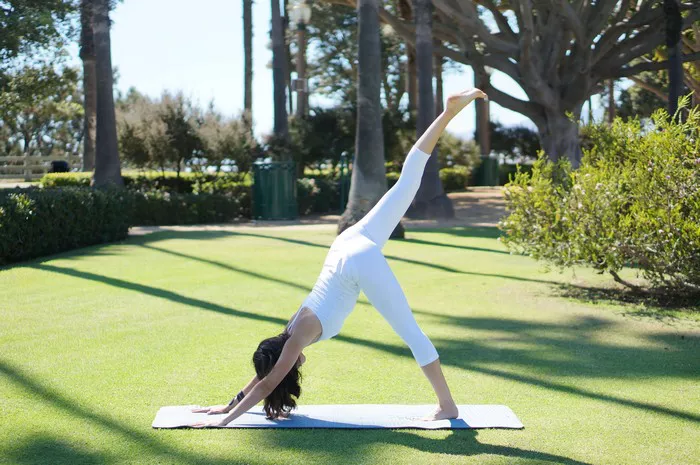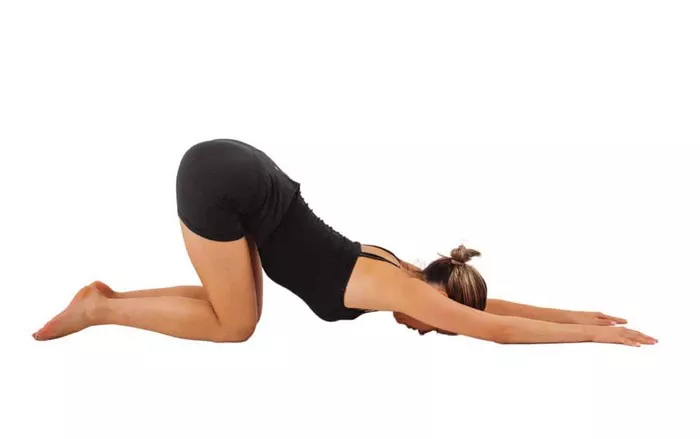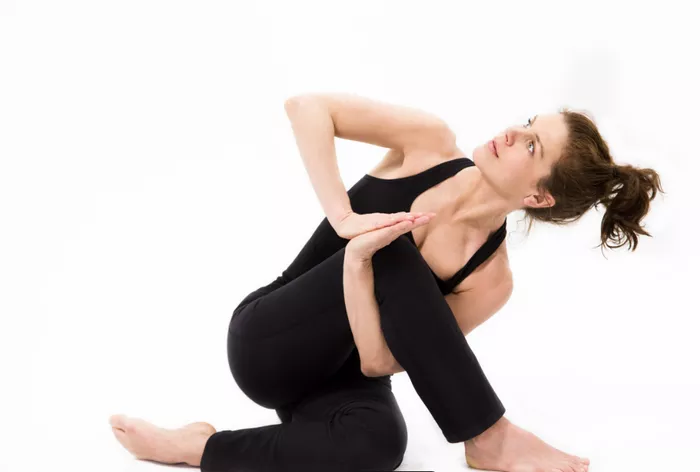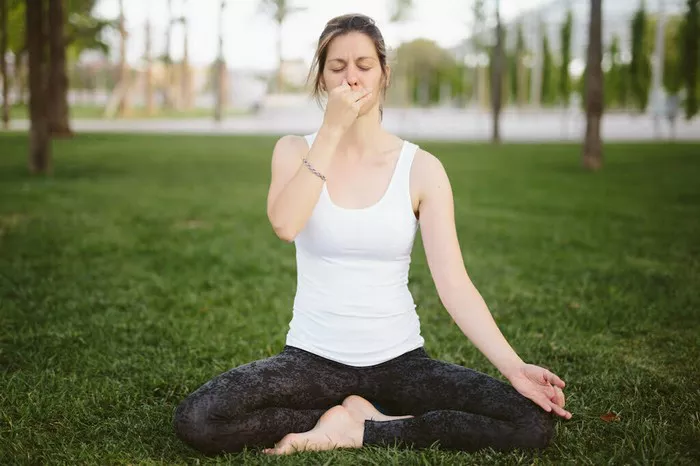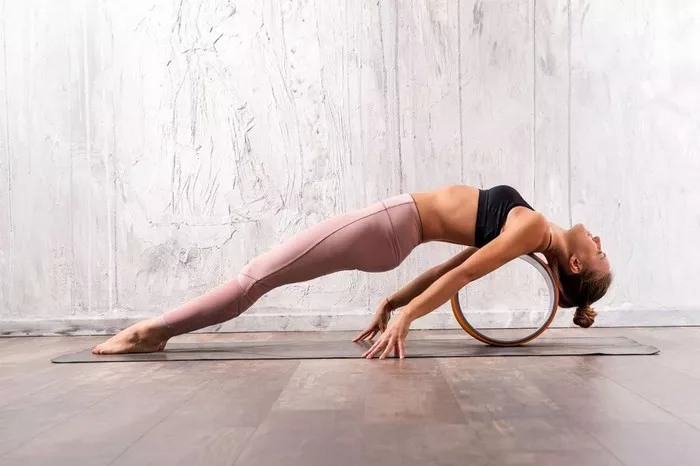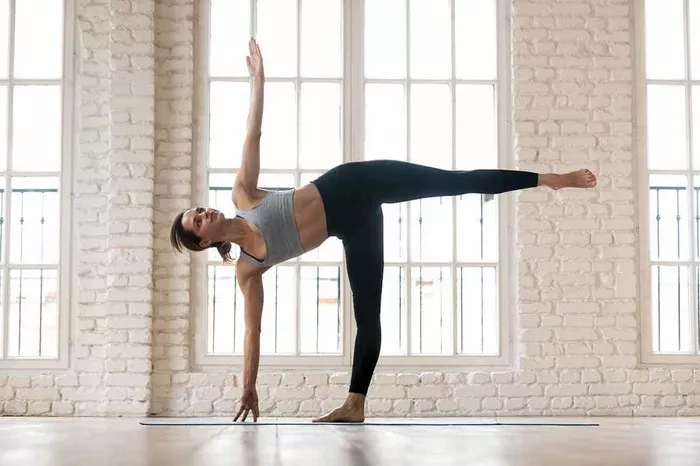Yoga Tune Up Balls are specialized self-massage tools designed to relieve muscle tension, improve mobility, and promote overall physical wellness. These balls are made from grippy rubber that adheres to the skin, allowing for deep, targeted pressure into the muscles and fascia. Unlike foam rollers, Yoga Tune Up Balls offer precision that can effectively target smaller muscle groups and harder-to-reach areas. For beginners, understanding how to incorporate these tools into a daily or weekly routine is key to maximizing their benefits while avoiding unnecessary discomfort.
Benefits of Using Yoga Tune Up Balls
Incorporating Yoga Tune Up Balls into your fitness or wellness regimen can lead to a variety of physical and mental health benefits. First and foremost, they help alleviate chronic pain and muscle tightness by releasing tension from knotted or stiff areas. This myofascial release can also lead to improved posture and enhanced body awareness. Additionally, these balls are excellent for increasing circulation, accelerating recovery post-exercise, and reducing stress levels by activating the parasympathetic nervous system. For those who sit for prolonged periods or have physically demanding jobs, Yoga Tune Up Balls can provide essential relief and rejuvenation.
Choosing the Right Ball
Selecting the appropriate Yoga Tune Up Ball is essential to ensure that you get the best results. There are several types available:
- Original Yoga Tune Up Ball: Ideal for general use and smaller muscle groups.
- Therapy Plus Ball: Slightly larger, providing gentler pressure, suitable for beginners and sensitive areas.
- Alpha Ball: Larger and firmer, best for larger muscle groups like glutes and quads.
- Coregeous Ball: Softer and inflatable, designed for abdominal massage and diaphragmatic breathing.
Beginners should start with the Therapy Plus or Original Ball to learn technique without causing unnecessary discomfort.
Getting Started: Basic Guidelines
Before beginning any self-massage practice with Yoga Tune Up Balls, it is important to understand a few foundational guidelines:
- Start Slowly: Apply light pressure initially to allow your body to adapt.
- Breathe Deeply: Deep breathing helps release tension and improves the effectiveness of the massage.
- Stay Hydrated: Drinking water before and after helps flush out released toxins.
- Avoid Painful Areas: Discomfort is acceptable, but sharp or intense pain should be avoided.
- Use a Wall or Floor: Adjusting the surface you use can control the intensity of the massage.
By following these rules, beginners can ease into the practice safely and effectively.
Key Techniques to Learn
There are several fundamental techniques used with Yoga Tune Up Balls that serve different purposes. Mastering these movements can help ensure a balanced and therapeutic experience.
1. Sustained Compression
Place the ball on a tight muscle area and hold it there for up to 90 seconds. This encourages the tissue to relax and release tension. Avoid rolling during this phase.
2. Rolling Strips
Once the muscle starts to relax, gently roll the ball in linear or cross-fiber directions. This mobilizes the fascia and helps improve tissue elasticity.
3. Contract/Relax
Apply pressure with the ball, then actively contract the muscle underneath for 5-10 seconds, followed by a complete release. This neuromuscular technique deepens the effect.
4. Shearing
Move the ball slightly in different directions while maintaining steady pressure. This helps break up adhesions in the fascia for improved movement.
Learning these techniques allows for more targeted and productive sessions.
Target Areas and How to Treat Them
Focusing on common areas of tension can provide the most immediate relief and results. Here are several body regions and guidance on how to use Yoga Tune Up Balls effectively:
1. Upper Back and Shoulders
Stand with your back against a wall and place the ball between your shoulder blade and spine. Use small movements to roll along the upper back muscles. This can help relieve tension caused by poor posture or desk work.
2. Neck and Upper Trapezius
Lie on the floor and place a ball under the base of your skull. Gently nod your head or turn side to side. This is excellent for reducing tension headaches and neck stiffness.
3. Lower Back
While lying on your back, place a ball on either side of your spine (not directly on the spine) and gently rock side to side. This releases tight lumbar muscles and can improve lower back mobility.
4. Glutes and Hips
Sit on the ball and cross the ankle of the leg you’re targeting over the opposite knee. Roll in small circles to massage the gluteal muscles. This can help with sciatic pain and hip stiffness.
5. Feet
Stand or sit with a ball under your foot and roll from heel to toe. This is effective for plantar fasciitis and overall foot fatigue.
Treating these areas consistently can lead to noticeable improvements in comfort and movement.
Incorporating Yoga Tune Up Balls into a Routine
Consistency is key when it comes to using Yoga Tune Up Balls. Begin with short sessions—5 to 10 minutes per day—focusing on one or two muscle groups. Gradually increase the duration and intensity as your body adapts. For the best results, incorporate ball work into your warm-up to prepare muscles or as part of your cool-down to aid recovery. You can also use the balls during breaks from work to relieve tension from prolonged sitting.
Sample Weekly Routine:
- Monday: Upper back and shoulders (10 min)
- Tuesday: Glutes and hips (10 min)
- Wednesday: Feet and calves (5-10 min)
- Thursday: Core and abdominal breathing with Coregeous Ball (10 min)
- Friday: Neck and traps (10 min)
- Weekend: Full body scan (20-30 min)
This kind of schedule keeps the practice varied and effective without becoming overwhelming.
Safety Tips and Precautions
While Yoga Tune Up Balls are generally safe, it’s essential to follow certain precautions to avoid injury:
- Avoid Joints and Bones: Never place the ball directly on joints or bony structures.
- Listen to Your Body: Mild discomfort is okay, but sharp pain is a sign to stop immediately.
- Avoid Inflamed Areas: Do not use the ball on swollen or inflamed areas as this can worsen the condition.
- Consult a Professional: If you have medical conditions or recent injuries, talk to a healthcare provider before beginning self-massage.
Being mindful of these precautions will help ensure a safe and beneficial experience.
Tools and Accessories to Enhance Your Practice
Enhancing your Yoga Tune Up practice is possible with a few helpful tools:
- Wall Space: Useful for reducing pressure and increasing control.
- Yoga Mat: Provides cushioning when practicing on the floor.
- Block or Bolster: Helps elevate the body to reach specific angles.
- Straps: Can assist with positioning, especially for tight areas.
Investing in these accessories can improve comfort and accessibility, especially for beginners.
Common Mistakes to Avoid
Beginners often make a few common mistakes that can limit results or cause discomfort:
- Applying Too Much Pressure: Start gently and increase pressure gradually.
- Skipping Breathwork: Breathing deeply enhances relaxation and effectiveness.
- Inconsistent Use: Sporadic use limits long-term results—regular practice is essential.
- Poor Posture: Misaligning the body during ball work can reduce benefits and increase strain.
By being aware of these pitfalls, you can maximize the impact of your practice.
Progressing Your Practice
As you become more comfortable with Yoga Tune Up Balls, consider progressing your routine. Increase session lengths, target deeper tissues, and combine techniques. You can also use advanced tools like the Alpha Ball or explore structured routines from certified instructors. Recording your progress or maintaining a journal can help identify patterns and improvements in mobility or pain reduction.
Conclusion
Yoga Tune Up Balls offer a powerful, accessible method for improving physical health, relieving pain, and enhancing recovery. For beginners, a thoughtful and gradual approach is essential. By understanding the tools, mastering basic techniques, and incorporating them into a consistent routine, you can experience significant benefits in your overall well-being. Start slow, stay consistent, and let your body guide the journey toward better movement and reduced tension.
Related Topics:

